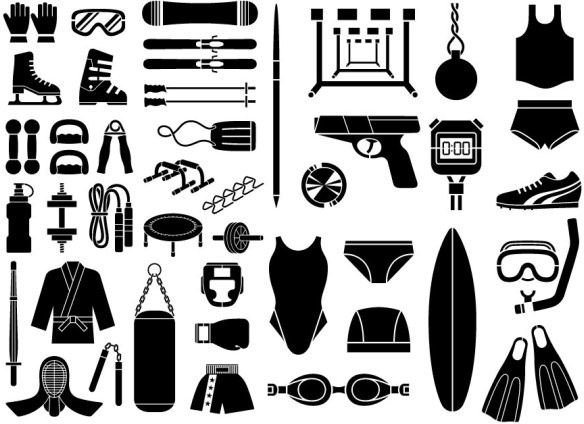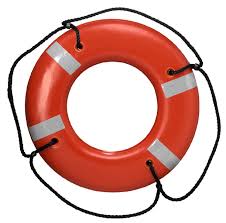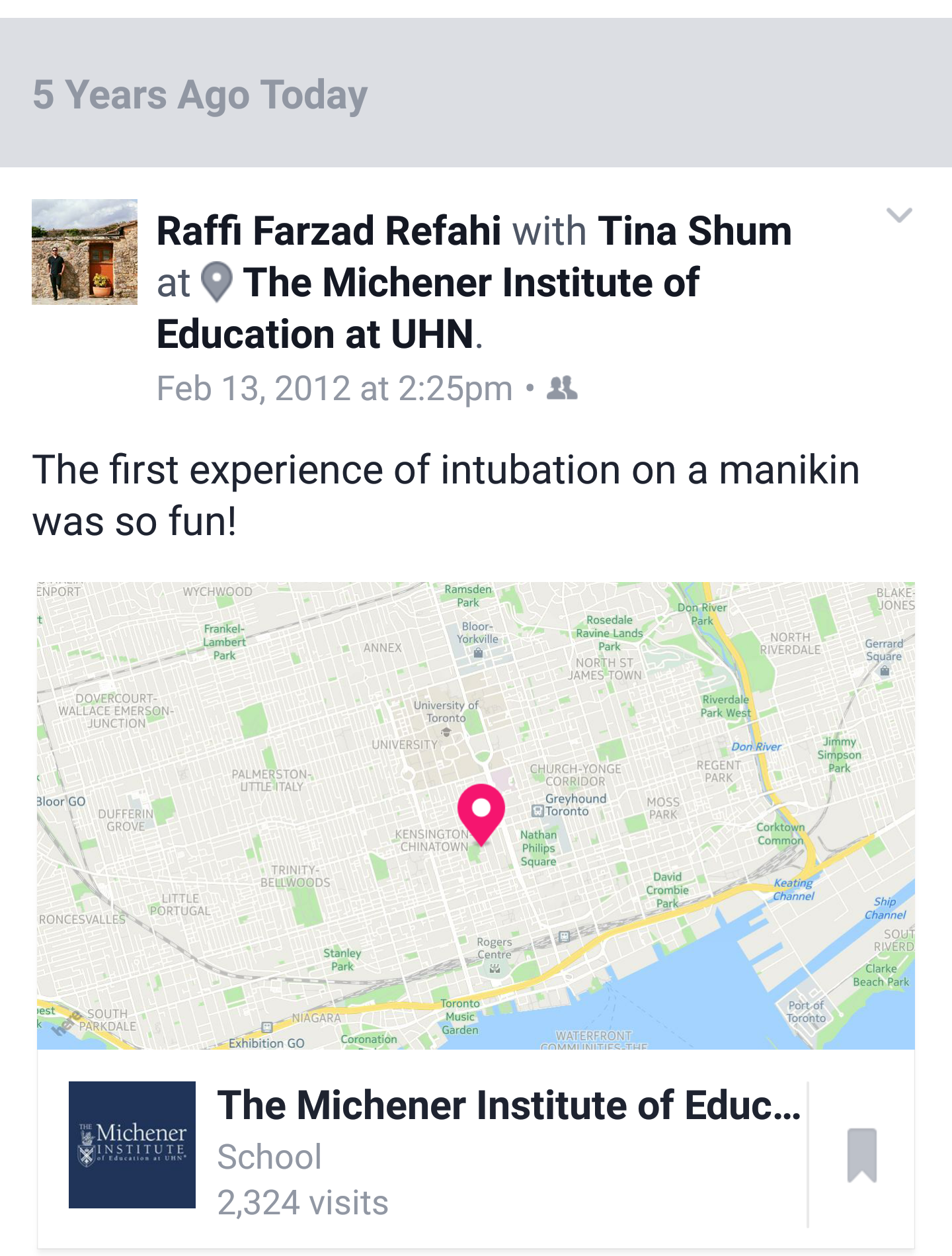
This is the second part to a series of posts, titled ‘Improved’, aimed to improve the life and work of Respiratory Therapist and other healthcare providers.
I share recommendations and advice from a friend who is a health professional with educational and work experience as a nutritionist. In my short conversation with her, I asked for any recommendations for clinicians who either work long 12 hours long day/night shifts/ acute care, and/or to those who work sedentary 9 hours shifts/diagnostic/patient education. I have added relevant resources to some of the suggestions so I recommend that you check out the reference section for additional information.
Regardless of the work-setting, clinicians get heavily involved with their responsibilities and may loose track of time and their food intake. Nutrition can directly impact cognition, concentration and decision making (1). My source, the nutritionist, suggests: stay hydrated, eat healthier, plan your meals, have healthier snacks, and give yourself time to adjust to healthy eating habits.
Stay Hydrated. Don’t ignore thirst. Drink water. Carry a container of water with you (at your desk/RT department). If you choose to drink other fluids, check out the 2014 guideline by Dietitian of Canada (2). This guideline suggests a daily water intake of 2.2 L for women and 3 L for men (19 years and older).
Eat Healthier. Eat more vegetables and fruits. It also adds more fiber to your diet (just remember to increase your water intake with it). Limit foods that are high in calories, fat and salt. Consider lean meat or alternatives. Check out Canada’s Food Guide for more details.
Meal Preparation. A main obstacle in healthy eating at work is preparation. Prepare food in advance: Purchase, prepare and cut your veggies before it is time to cook. Use slow cookers or pressure cookers to better fit your schedule. Cook higher quantity of food than needed and freeze it for later consumption (reference 5). If you don’t have time to prepare a meal and have to purchase a one at work, cut up some veggies and fruits to take with you.
Snacks. No matter how busy you may get, take the time to eat something, e.g. instead of having cookies and chips, cut up some bell peppers and celery sticks. Pair it with protein such as almonds and walnuts. It is better than working on an empty stomach (impacting concentration and overall performance at work). (3 and 5 ). Also when it comes to shakes, it is better to eat food than to drink it (chewing food improves the transmission of satiety signals).
Habits. Keep in mind that any behavioural change, including improving dietary intake, requires time and practice. Set SMART goals (Specific, Measurable, Attainable, Rewarding, and Timely) . Take small steps, keep motivated and enjoy!
Thank you to my nutritionist source (anonymous, so her opinions would not reflective of her employer(s) ) . Also, a thank you to my followers for allowing me to be part of your personal or professional development and growth.
Resources and references:
- Friedman, Ron. What you eat affect your productivity. October 17, 2014. Harvard Business Review. https://hbr.org/2014/10/what-you-eat-affects-your-productivity
- Guidelines for Drinking Fluids To Stay Hydrated. Nov 27, 2014. Dietitians of Canada. https://www.dietitians.ca/Your-Health/Nutrition-A-Z/Water/Why-is-water-so-important-for-my-body—Know-when-.aspx
- 10 Nutrition Tips for Shift Workers. Dietitians of Canada. 2013 http://www.dietitians.ca/Downloads/Factsheets/10-Nutrition-Tips-for-Shift-Workers.aspx
- Miller, Carla. Changing Your Habits for Better Health. June 2013. NIDDK (NIH). https://www.niddk.nih.gov/health-information/health-topics/diet/changing-habits/Pages/changing-your-habits.aspx
- Canada’s Food Guide: http://www.hc-sc.gc.ca/fn-an/food-guide-aliment/index-eng.php
Limit these: http://www.hc-sc.gc.ca/fn-an/food-guide-aliment/maintain-adopt/limit-eng.php
Fruits/Vegies http://www.hc-sc.gc.ca/fn-an/food-guide-aliment/choose-choix/fruit/tips-trucs-eng.php
Fast and Easy Meal Ideas: http://www.hc-sc.gc.ca/fn-an/food-guide-aliment/choose-choix/fruit/tips-trucs-eng.php
Planning Tips: http://www.hc-sc.gc.ca/fn-an/food-guide-aliment/using-utiliser/plan-eng.php - Getting Started: Setting SMART goals. Alberta Health Services. Mar 2012. http://www.albertahealthservices.ca/assets/info/nutrition/if-nfs-getting-started.pdf
- Image credit. Freepik. http://www.freepik.com/free-photo/table-with-vegetables_889630.htm
[End] [Farzad ‘Raffi’ Refahi HBSc/RRT/CRE. FarzadRefahi.com April 02, 2017]


 Farzad Refahi Feb 17, 2017
Farzad Refahi Feb 17, 2017